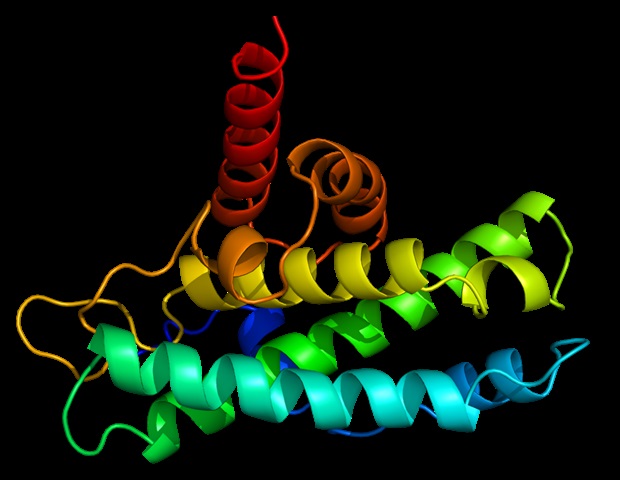Gut Microbiome Breakthrough: Scientists Crack the Protein Code of Digestive Wellness

In a groundbreaking study, researchers at the Weizmann Institute of Science have unlocked a treasure trove of insights into human health by comprehensively mapping the protein landscape of stool samples. This innovative research goes beyond traditional microbiome analysis, creating a detailed molecular portrait that captures proteins from three distinct sources: the gut microbiome, human body, and dietary intake.
By meticulously cataloging these microscopic protein signatures, scientists have opened a new window into understanding the complex ecosystem of the human intestines. The research promises to shed light on how these intricate protein interactions might influence various human diseases, potentially revolutionizing our approach to diagnosing and treating gut-related health conditions.
This cutting-edge approach represents a significant leap forward in medical research, offering unprecedented insights into the hidden world within our digestive system and its profound implications for overall human health.
